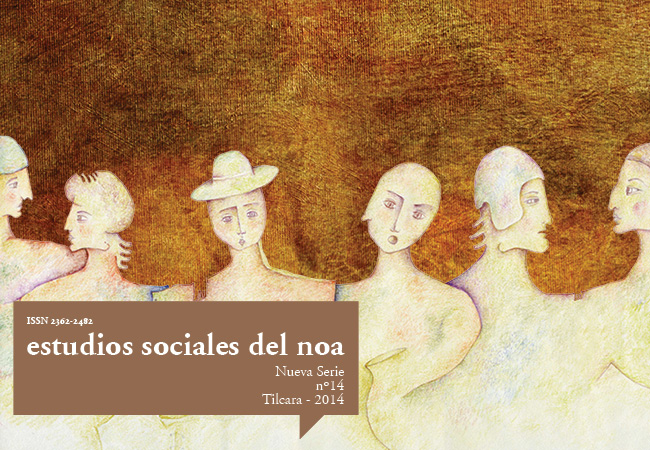Emphyteutics, homeowners and lessees in the Department of Humahuaca. Social structure and distribution of wealth in the 1860s
Abstract
Property rights were disrupted since the start of the Republican era in the Quebrada de Humahuaca. This series of transformations turned into the disentailment and expropriation of indigenous communal property, which was declared fiscal land. From the 1860s on, the State worked to support the privatization of these lands through the emphyteutic census redemption and the auction of fiscal estancias. Meanwhile, much of the land area, held in the haciendas, remained unchanged, recognized as private property throughout the transition from colony to republic. From this process, the coexistence of at least three central actors in the agrarian structure of the region is derived: landowner, farmers and lessees. In this work, we aimed to define the degree of accumulation of land and livestock, respecting disaggregation. To do this, we analyzed the composition of wealth based on patterns of direct contribution from the Department of Humahuaca, in the 1860s, which contains nominal lists emphyteutic the value of property, private property and movable property tax, paid by land owners as tenants.Downloads
Authors who publish in this journal accept the following conditions:
- The authors or translators retain the copyright and assign to the journal the right of first publication, with the work registered under the Creative Commons Attribution-NonCommercial-ShareAlike 4.0 International, which allows third parties to use what published as long as they mention the authorship of the work and the first publication in this journal.
- Authors may enter into other independent and additional contractual agreements for the non-exclusive distribution of the version of the article published in ESNOA (eg, include it in an institutional repository or publish it in a book) as long as they clearly indicate that the work was first published in this journal.












